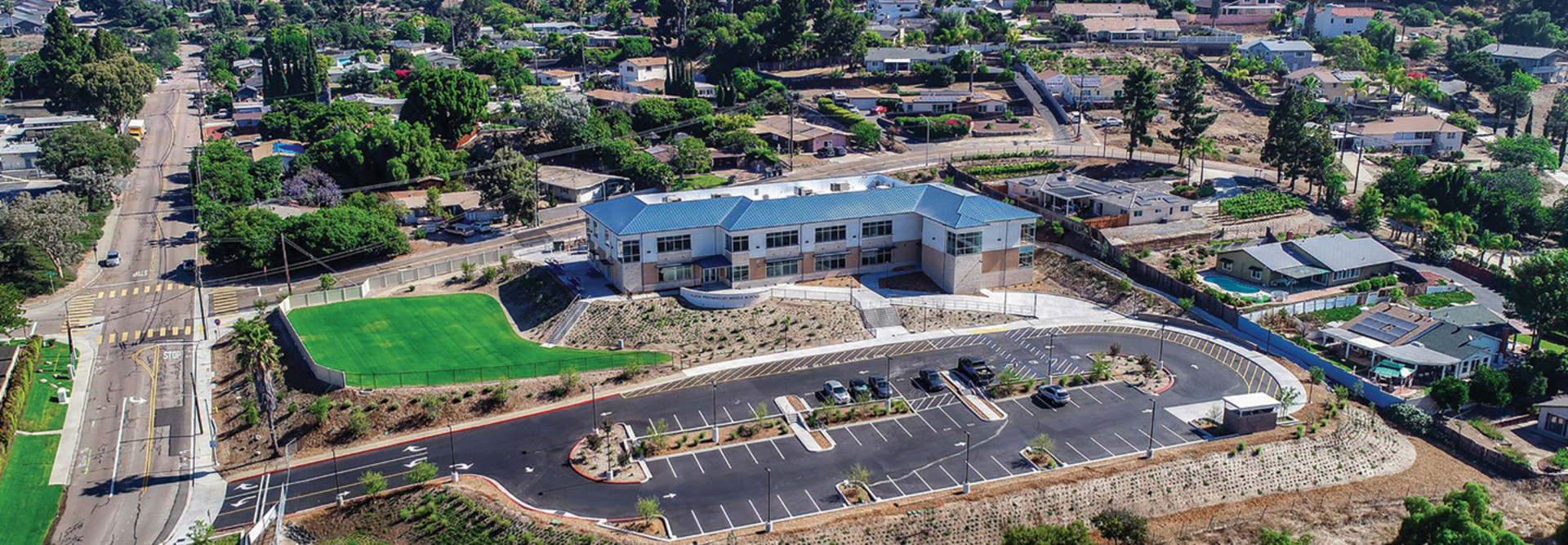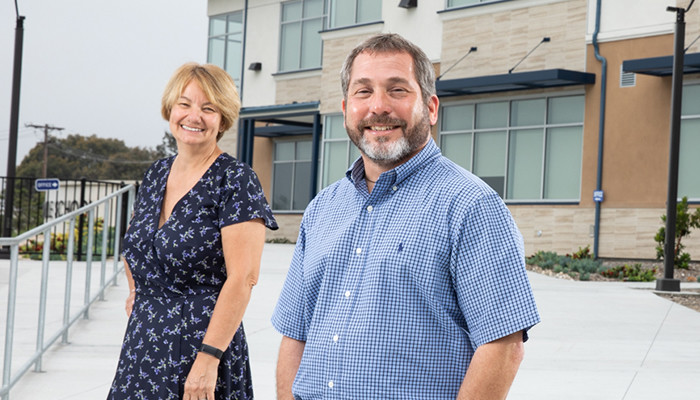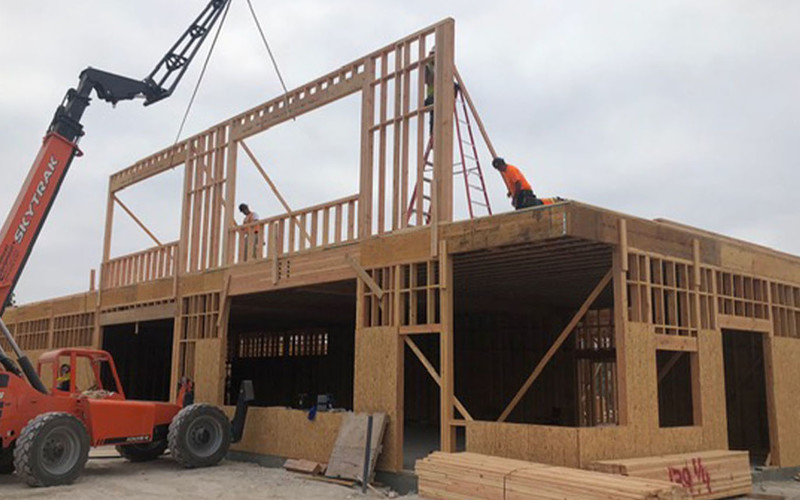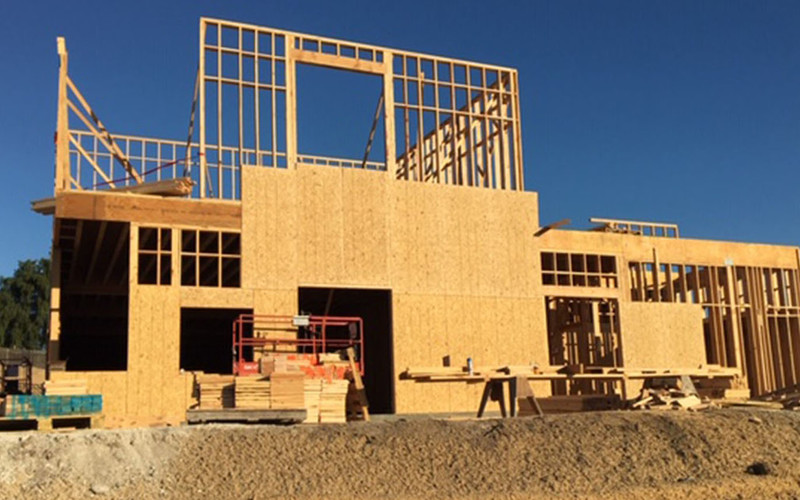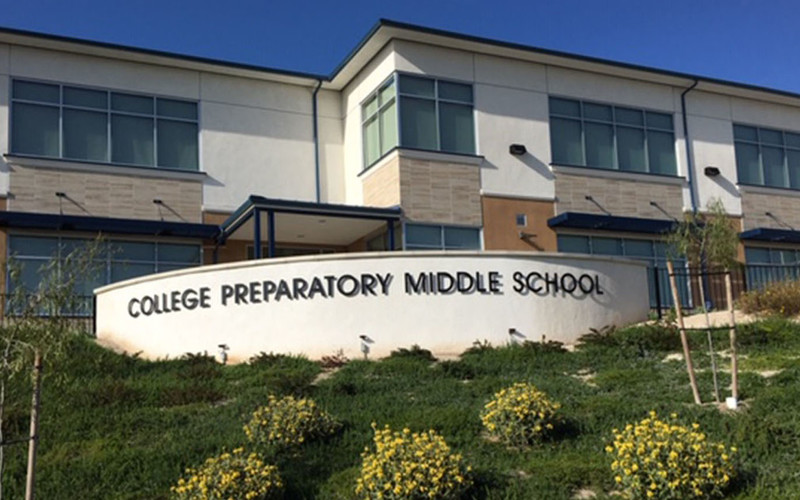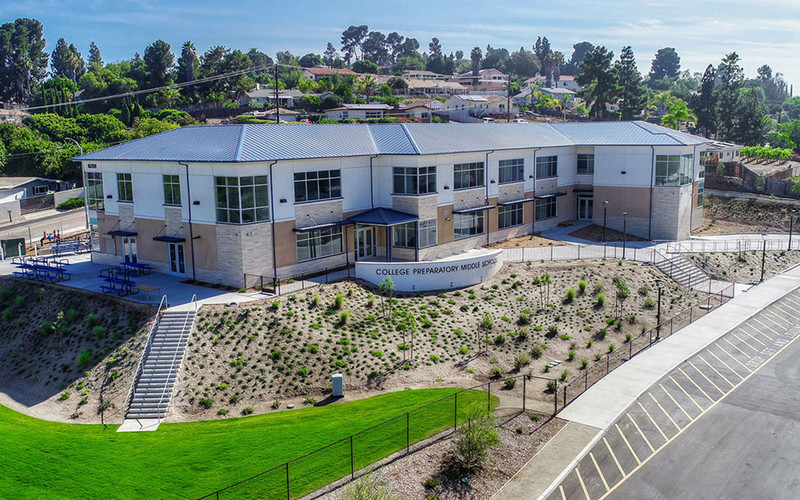Planning for Future Bandwidth Needs in New Facilities
College Prep previously maxed out at 240 students. When its new facility opened this year, there were 400 students in fifth through eighth grades, all of whom would need internet access to participate in the school’s emerging one-to-one device schema. That meant IT needed to build in robust connectivity from the start.
“We knew we needed to be wireless, and not just for the classrooms. The IT room also needed to support the telephones, the fire system, the elevator,” Miller says. “We had to figure out how many access points we needed and where they should be located.”
In fact, connectivity often is the frontline consideration in new school construction these days as the demand for bandwidth continues to expand across the education landscape.
At Talladega County Schools in Alabama, every new school building comes with a sturdy internet backbone.
“We are always trying to think ahead, especially when considering items that will need to be in place for many years, such as physical wiring, network switches and routers, and servers,” says Brooke Morgan, the district’s coordinator of innovative learning.
“We install wireless access points in every classroom and other key areas to blanket our campuses with connectivity,” she says. “Our backbone is a 1-gigabit internet connection at all our schools, which gives plenty of bandwidth to keep up with the demand for online resources used by our staff and students.”



